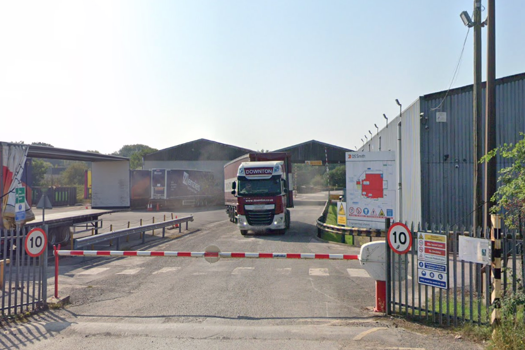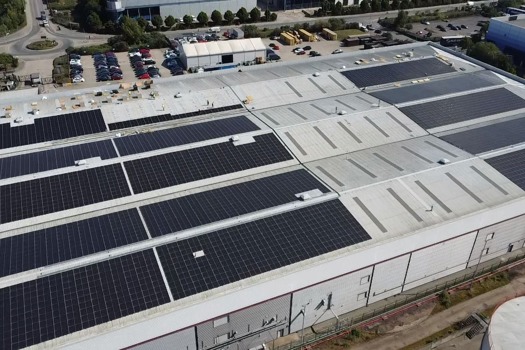The global market for digitally printed packaging and labels is expected to nearly triple in value to $6.8bn (£4bn) by 2014, according to a recent study.
Pira International’s Future of Digital Printing for Packaging report identifies a number of catalysts for this predicted growth in digital print, namely an increased demand for shorter runs and personalised jobs – something that resonates with printers across the labels sector.
Andrew Law, commercial manager at Wiltshire-based commercial printer Integrity Print, says he expects more and more customers to want short-run, four-colour work.
Integrity Print made its first move into the digitally printed labels market in December 2009 when it invested in a Xeikon 3300 label press.
According to Law, around 30% of the company’s label work, which is worth approximately £3.5m, will migrate to digital when the Xeikon press is fully operational in the next few weeks.
Our analysis of the workload in labels showed us that some £500,000 worth of existing [flexo] work was actually more suited to digital production, he explains.
This is not short-run exactly, but they’ll require 50,000 labels in maybe 30 or so variants, he adds.
Bespoke demands
However, Law believes that the market for labels is still fragmented.
You really need to show customers what you can achieve for them, he explains.
This is a view echoed by others, including Gary Burnley, director at Shoreham- by-Sea, Sussex-based printer Marsh Labels.
The company also made its digital debut at the end of last year, purchasing an HP Indigo ws4050 press in response to a growing demand for short-run work.
Burnley says clients were increasingly demanding their own intricate designs on labels, and in much lower volumes. Gone are the days where a few spot colours would have worked, he says. Customers now require more complex four-colour designs in shorter runs.
Yet while printers such as Integrity Print and Marsh Labels have been taking their first steps into digital label production, there are other businesses that are busy building on an existing digital label portfolio – a market that Pira expects to be worth around $2.4bn in this year alone.
Dorset’s Amberley Labels doubled its digital firepower last month in a bid to migrate more jobs from conventional to digital production.
The company’s sales and marketing director Graham Backhouse says the business currently produces 30% of its work digitally, although he expects this figure to jump by 20% in the next 12 months and to account for 70% of all label production in three to five years.
Speaking about its latest investment, Backhouse explains: It’s a bold move, but it really shows our confidence in digital production. We wanted to attract new customers while maintaining service levels to our existing ones. Investing was one way to do that.
As with commercial printing, the pace of development from digital manufacturers is outstripping that of their litho counterparts due, mainly, to the relative age of the two technologies. Indicative of this is the number of digital label presses expected to be on display at the forthcoming Ipex exhibition in May. Among those exhibiting will be Epson, which plans to showcase its long-awaited debut digital label press, targeted at companies wanting high-quality, short-run labels.
New and improved
Duncan Ferguson, Epson Europe’s director of pro-graphics and new business development, calls the machine a different concept to others on the market as it offers print speeds of five metres a minute (m/min).
We’re not going head-to-head with other manufacturers, he says. We’re offering 5m/min speeds rather than 25m/min, but this is for customers that can’t compromise on quality.
Inkjet overprinting specialist Domino is also a debutant to the field, planning to launch its UV-cured N600 at the Birmingham show. Its 50m/min, 330mm-wide model is a response to printers requiring higher speeds, according to Philip Easton, Domino’s digital printing solutions director.
The majority of digital label presses today run at 30m/min, but our research shows that printers want 50m/min to keep up with the speed of their finishing lines, he adds.
Lee Goode, of Wales-based Limpet Labels, claims digital print undoubtedly gives a business significantly more flexibility.
As technology increases and printers continue to seek new ways to attract and maintain customers, digital label production looks set to increase its standing in the sector and, by doing so, will change the face of label printing in the UK.
Digital labels market proves its worth

Tim Sheahan finds out why so many print firms are getting on the digital labels bandwagon








